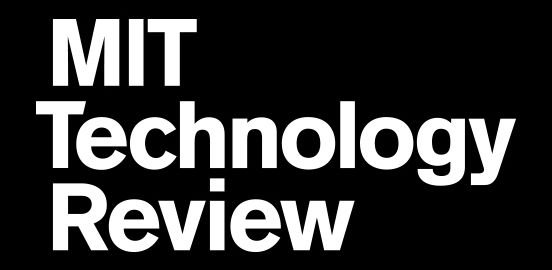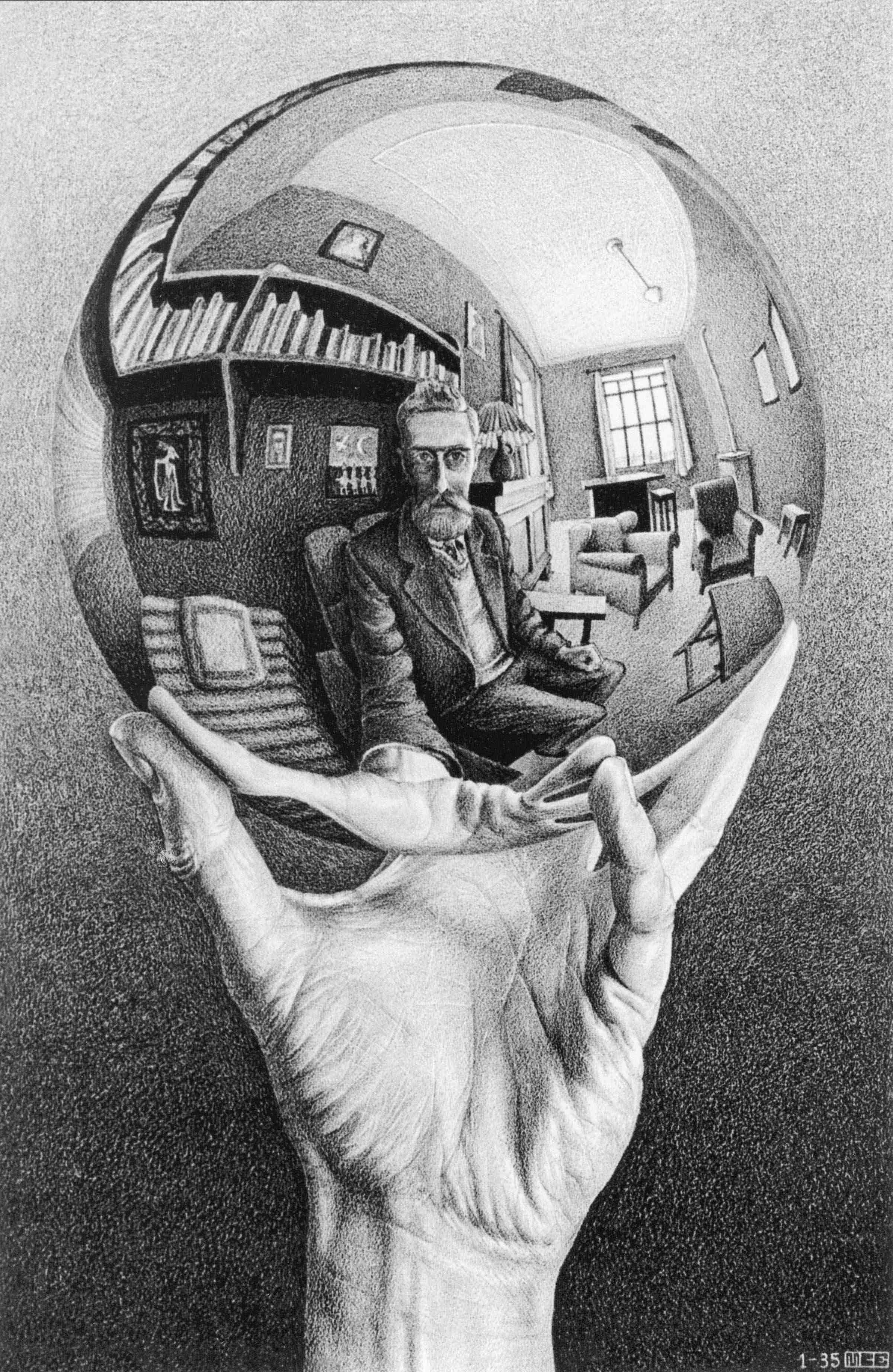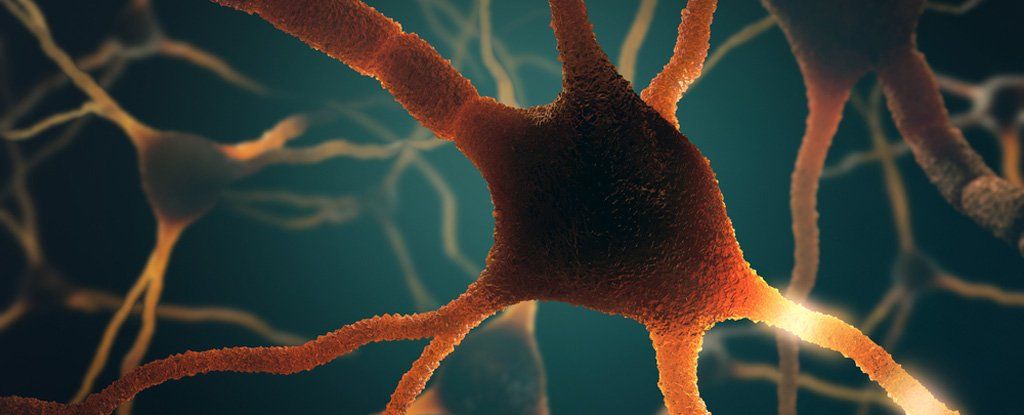Page 11395
Feb 29, 2016
I visited a church that wants to conquer death
Posted by Zoltan Istvan in category: life extension

New story for Tech Insider on an Immortality Bus tour stop:
Conversations are centered on using technology to overcome death.
Continue reading “I visited a church that wants to conquer death” »
Feb 29, 2016
MIT Technology Review Announces 10 Breakthrough Technologies of 2016
Posted by Klaus Baldauf in categories: food, internet
Annual list highlights the most important technology milestones.
Cambridge, MA – February 23, 2016: Today, MIT Technology Review publishes its annual 10 Breakthrough Technologies list (www.technologyreview.com/lists/technologies). The list identifies innovations from the past year that solve difficult problems or create powerful new ways of using technology. These are the breakthroughs that will matter for years to come.
Jason Pontin, Editor in Chief and Publisher, states, “Each year, our editors search the globe to create this important list. From Beijing, China, where researchers are creating fungus-resistant wheat and boosting rice crop yields, to Seattle, where a spin-off company of the University of Washington is commercializing “passive Wi-Fi,” making data connections using 1/10,000th as much power as existing Wi-Fi, the 10 Breakthrough Technologies represent the advancements we feel have the greatest potential to impact our lives for years to come.”
Continue reading “MIT Technology Review Announces 10 Breakthrough Technologies of 2016” »
Feb 29, 2016
The House of Four Winds — M.C. Escher
Posted by Odette Bohr Dienel in category: media & arts
“George Escher, eldest son of the famous artist M.C. Escher, shares personal stories of growing up in Rome and witnessing his father at work in this short film, titled The House of Four Winds, by Filiz Efe McKinney, Uriah McKinney and Aaron Sarnat.” —http://www.mcescher.com/news/a-conversation-with-george-escher/
Feb 29, 2016
NASA Venus Landsail Rover Could Launch In 2023
Posted by Bruce Dorminey in categories: innovation, space
NASA’s study of a Venus landsail rover for possible launch as early as 2023 continues via its Innovative Advanced Concepts office. Geoffrey Landis, the rover’s study scientist fills me in on the latest. Ironically, the optimal landing site is near that of the Soviet Venera 10 lander.
NASA continues working towards a Venus landsail surface rover that could see launch as early as 2023 and mark the first time in a generation that any probe has landed on the planet’s hot, rocky surface. After a five month journey from Earth, the lander-rover — about the size of a windsurfing board — would begin a nominal 50-day surface mission.
If funded, NASA would launch this landsail “Zephyr” rover as a $400 million Discovery class mission with a coupled orbiter and lander. Once safely in Venus orbit, the rover-lander would detach for its journey through the planet’s thick atmosphere. Following an upright wheels-down landing, pyrotechnics would then cut the rover loose to explore the surface.
Continue reading “NASA Venus Landsail Rover Could Launch In 2023” »
Feb 29, 2016
Scientists discover that our brain waves can be sent by electrical fields
Posted by Shailesh Prasad in categories: biotech/medical, neuroscience
Most biology students will be able to tell you that neural signals are sent via mechanisms such as synaptic transmission, gap junctions, and diffusion processes, but a new study suggests there’s another way that our brains transmit information from one place to another.
Researchers in the US have recorded neural spikes travelling too slowly in the brain to be explained by conventional signalling mechanisms. In the absence of other plausible explanations, the scientists believe these brain waves are being transmitted by a weak electrical field, and they’ve been able to detect one of these in mice.
“Researchers have thought that the brain’s endogenous electrical fields are too weak to propagate wave transmission,” said Dominique Durand, a biomedical engineer at Case Western Reserve University. “But it appears the brain may be using the fields to communicate without synaptic transmissions, gap junctions or diffusion.”
Continue reading “Scientists discover that our brain waves can be sent by electrical fields” »
Feb 29, 2016
AI learns to predict human reactions
Posted by Dan Kummer in categories: information science, mobile phones, robotics/AI, wearables
A team of Stanford researchers have developed a novel means of teaching artificial intelligence systems how to predict a human’s response to their actions. They’ve given their knowledge base, dubbed Augur, access to online writing community Wattpad and its archive of more than 600,000 stories. This information will enable support vector machines (basically, learning algorithms) to better predict what people do in the face of various stimuli.
“Over many millions of words, these mundane patterns [of people’s reactions] are far more common than their dramatic counterparts,” the team wrote in their study. “Characters in modern fiction turn on the lights after entering rooms; they react to compliments by blushing; they do not answer their phones when they are in meetings.”
In its initial field tests, using an Augur-powered wearable camera, the system correctly identified objects and people 91 percent of the time. It correctly predicted their next move 71 percent of the time.
Feb 29, 2016
Scientists successfully test ‘biological supercomputer’ performing complex tasks
Posted by Karen Hurst in category: supercomputing
Researchers have taken on the problem of reducing a super computer the size of a basketball field to that of a book. The answer is “biocomputers” – incredibly powerful machines capable of performing multiple calculations with a fraction of energy.
According to study coordinator Heiner Linke, who heads nanoscience at Lund University in Sweden, “a biocomputer requires less than one percent of the energy an electronic transistor needs to carry out one calculation step.”
A biocomputer is useful because ordinary computers are incapable of solving combinational problems, such as those dealing with cryptography or other tasks requiring that a multitude of possible solutions be considered before deciding on the optimal one. These already exist, but the new research from Lund tackles the key problems of scalability and energy efficiency.
Feb 28, 2016
HKUST students should consider careers in quantum computing, expert says
Posted by Karen Hurst in categories: computing, quantum physics, transportation
I have been encouraging my nephews to consider this as well.
After nearly three decades of searching for ways to build superfast computers that operate on the principles of quantum mechanics, the reality of a fully-fledged quantum computer is moving closer, says professor Andrew Yao Chi-chih, dean of the Institute for Interdisciplinary Information Sciences, Tsinghua University, Beijing.
“Quantum computing is no longer viewed as a fad, or a scientist’s pie in the sky,’’ Yao told an audience of students, faculty, and invited guests during his presentation at a Hong Kong University of Science and Technology (HKUST) 25th Anniversary Distinguished Speakers Series event on January 28. Yao also took the opportunity to explain his rationale for quantum computing to be recognised as a Great Science. “Great Science involves the intersection of different scientific disciplines to create new knowledge that allows the exploration of the previously unimaginable,’’ stressed Yao, adding that Great Science also lifts the human spirit.
Continue reading “HKUST students should consider careers in quantum computing, expert says” »
Feb 28, 2016
Australians and Robots Working Together
Posted by Karen Hurst in categories: computing, employment, government, robotics/AI
I like the concept; however, as long as “connected AI” is connected to the Net or any network infrastructure, or platform that is connected to a network and the network infrastructure/ net can be hacked; companies and consumers will still finding themselves closely monitoring the AI systems & machines which could cost companies more money and not less money. So, this does place a concern on the investments being made to develop technology that may not be fully adopted as it once was hoped.
Australians could be working alongside artificial devices and robotic devices within the next 20 years, according to a landmark report by the Federal Government’s agency for scientific research.
The CSIRO has launched a report claiming that rapid advances in automated systems and artificial intelligence meant that robotic devices would be able to perform many tasks more quickly, safely and efficiently than humans.
Continue reading “Australians and Robots Working Together” »

















